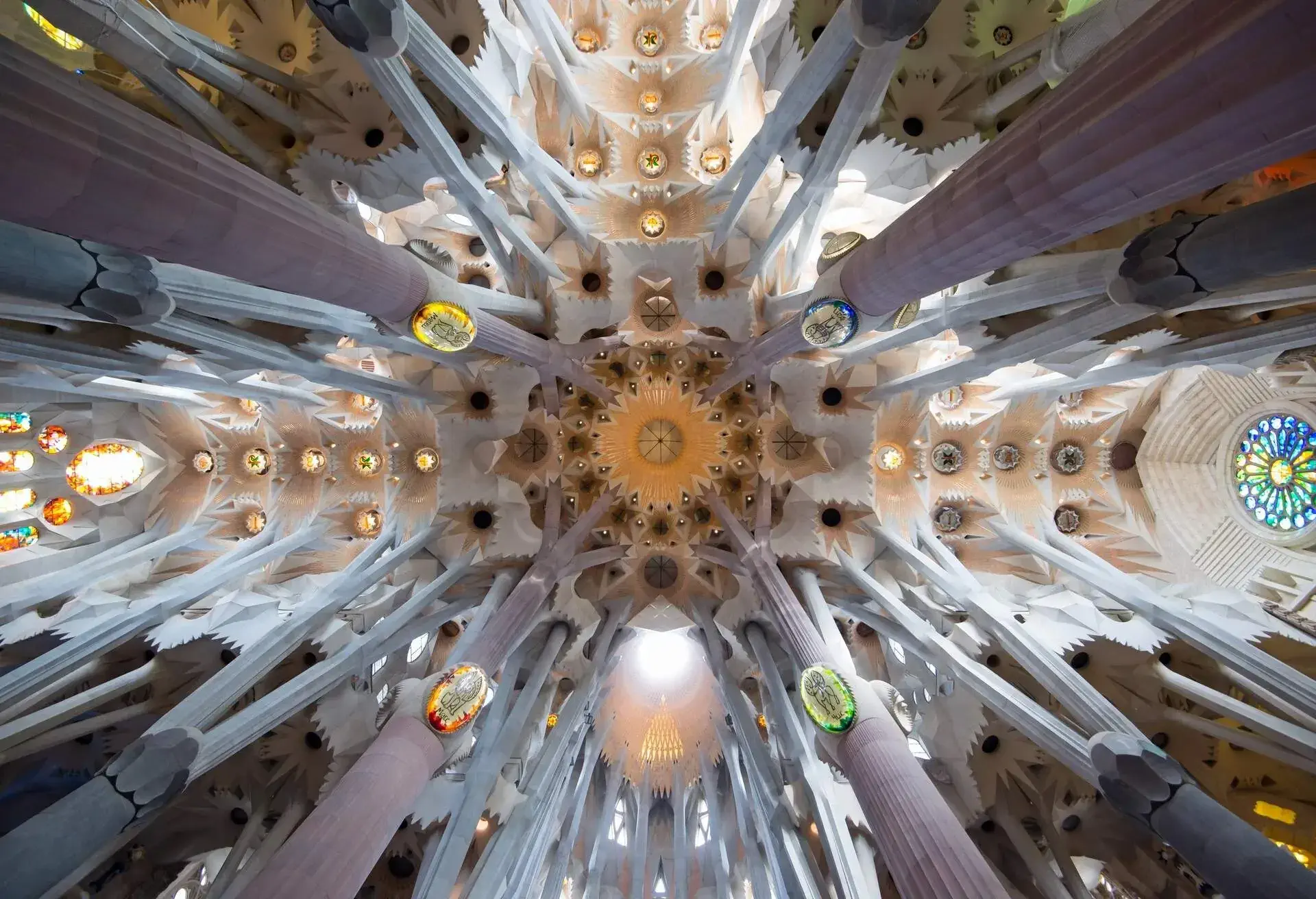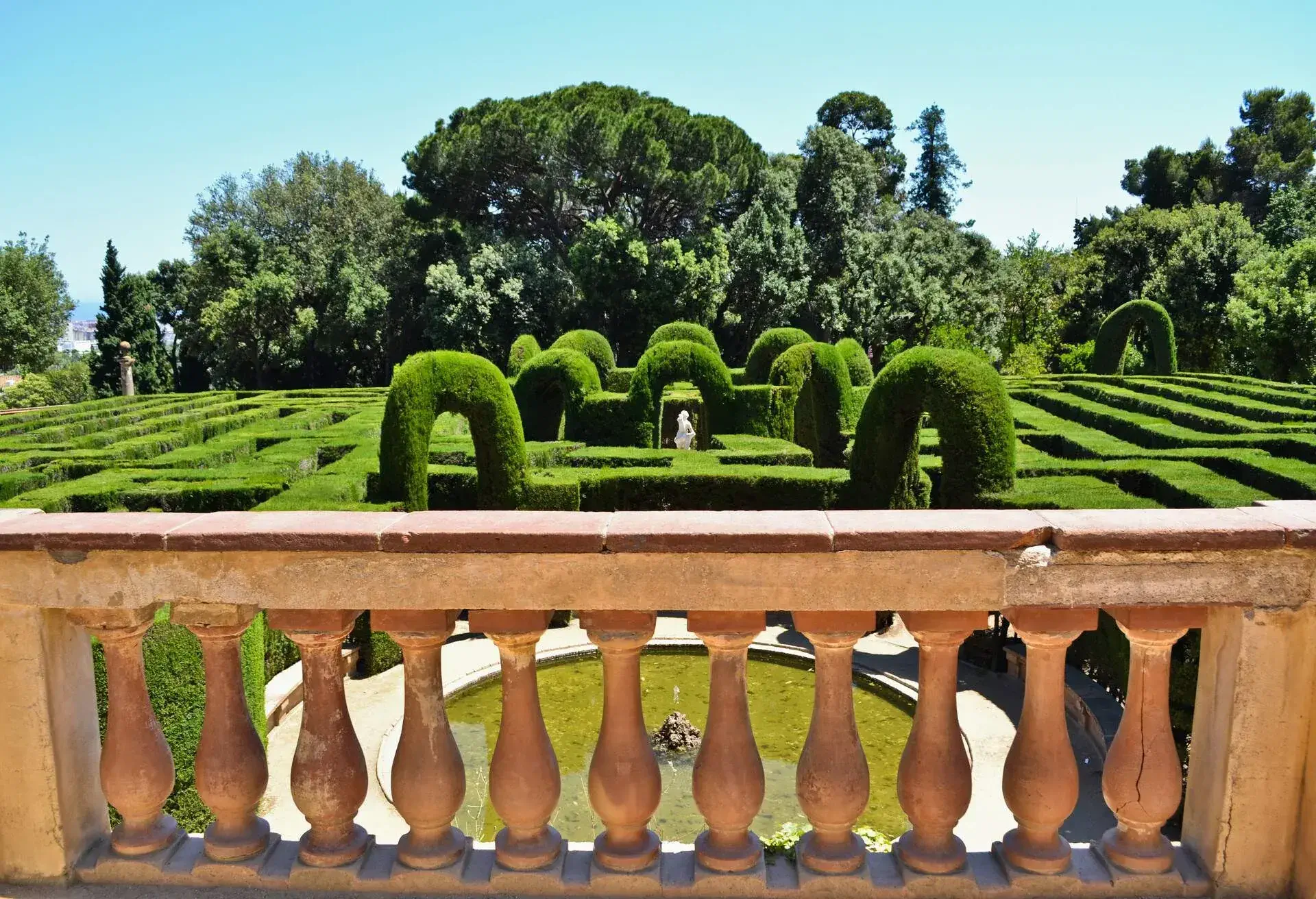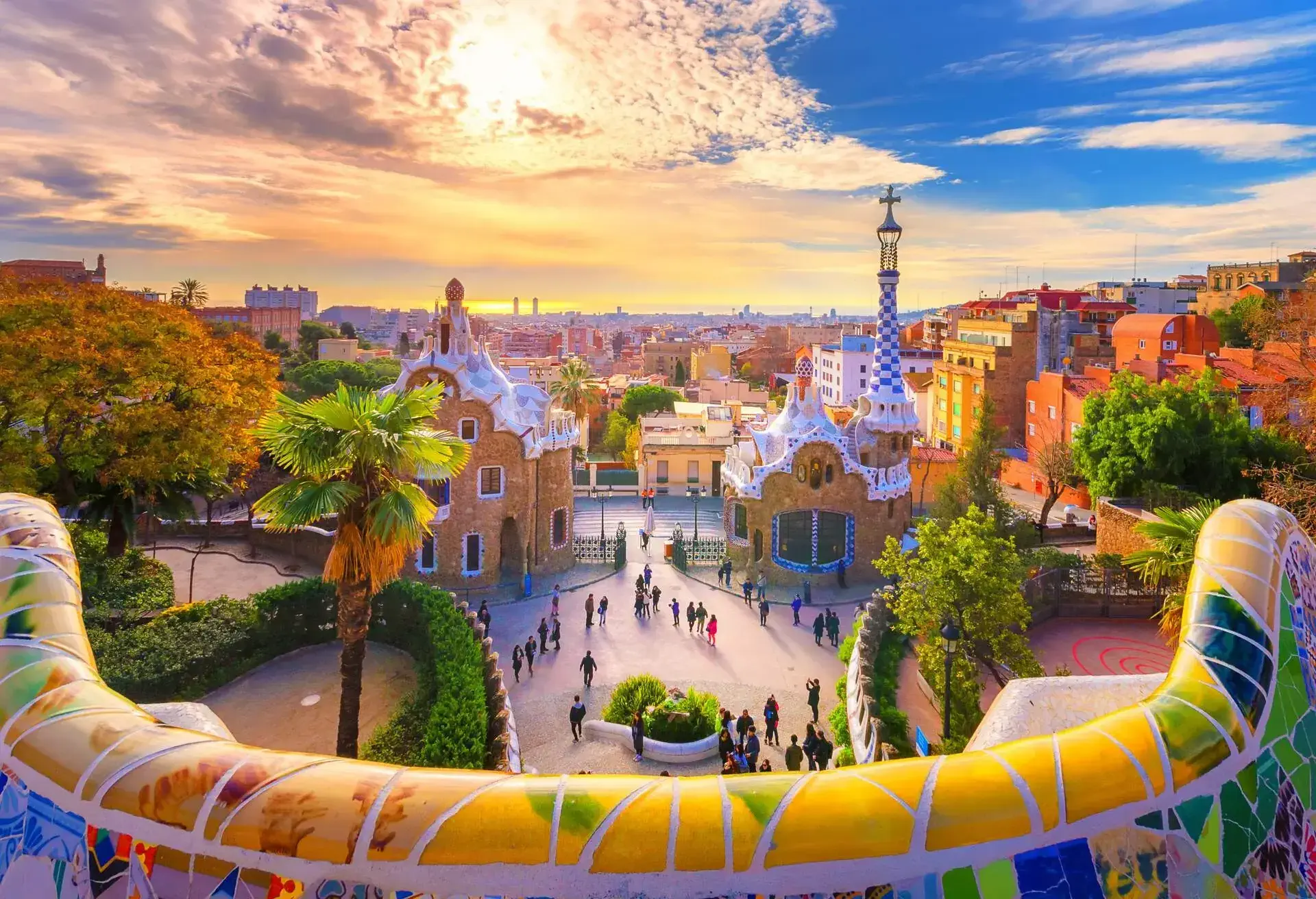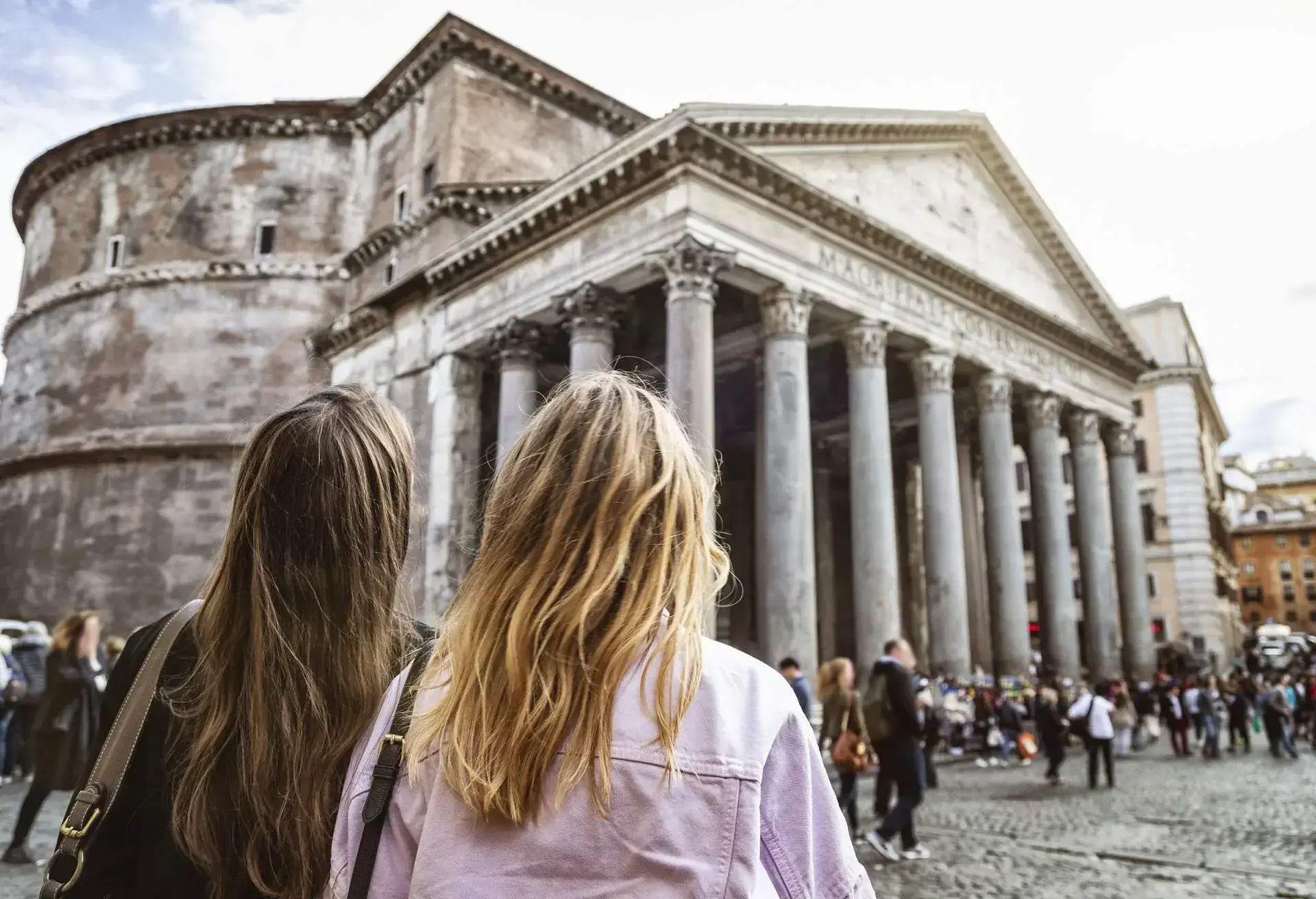Barcelona was gripped by Modernisme, a trend-setting movement that sought to break away from the medieval/traditional building styles of its time to embrace more modern building designs in the latter parts of the 19th century. The most famous buildings in Barcelona come from this period, a period perhaps dominated by one of Catalan’s most famous architects, Gaudi. He, however, was not the only one; Ildefons Cedars set out to transform the old city into a modern one, and his iconic design is plastered all over social media today. Domenech i Montaner and Josep Vilaseca also left lasting marks, amongst others.
Palau de la Musica Catalana
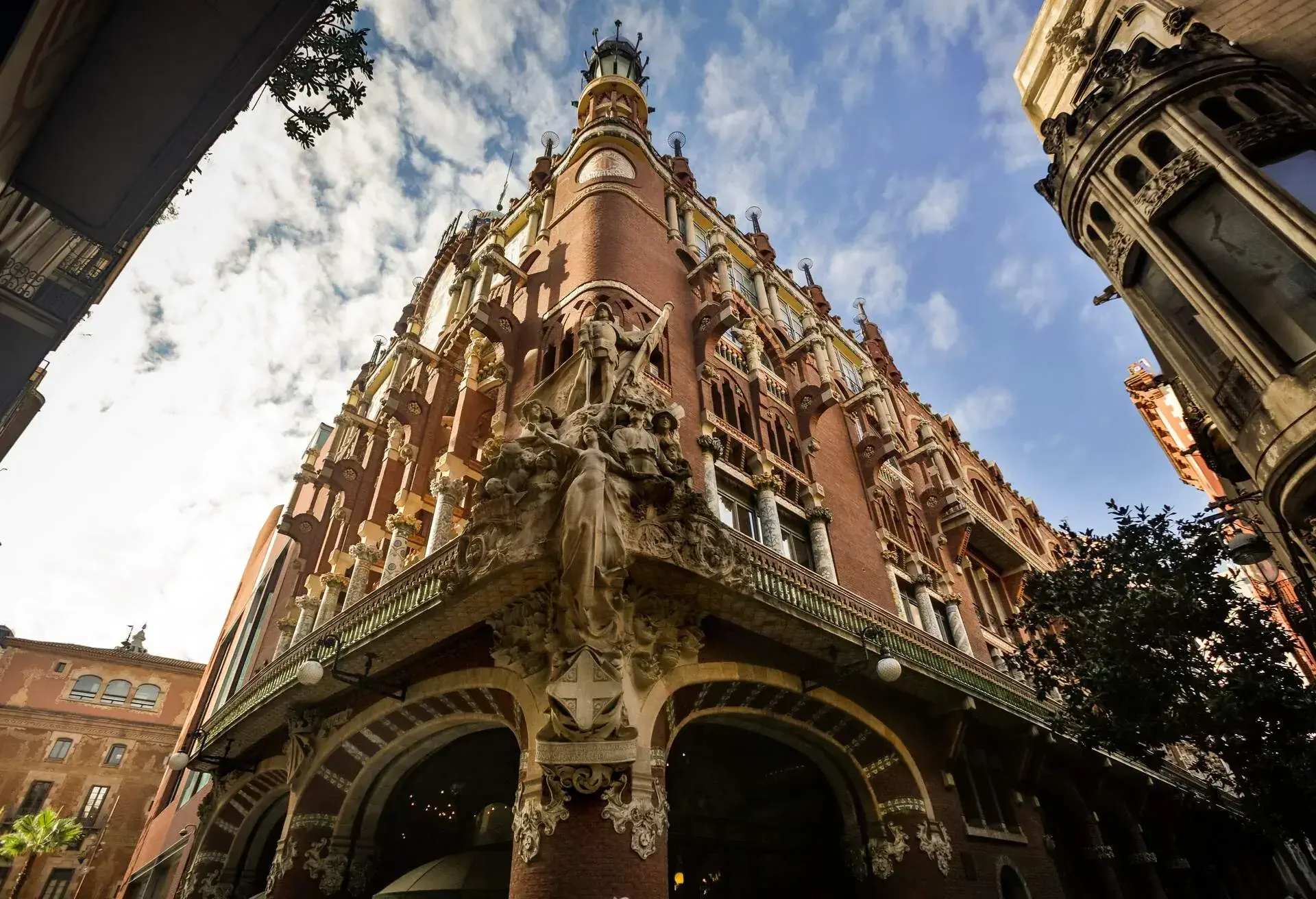
Perhaps it’s right that we start with a building that truly embraces the height of Modernisme in Barcelona, and not one does it better than the Palau de la Música Catalana. Built by Domenech i Montaner between 1906 and 1908 and later renovated in the 80s, the concert hall is utterly stunning, with high ceilings in gold and blue. The highlight is the skylight, and underneath hangs a huge chandelier that opens up to it like a flower. There’s a Beethoven statue on the stage, over which looms a sculpture of Wagner’s Valkyries, complete with 18 Greek mythological muses; there’s no better place to listen to a concert in Barcelona.
Famous buildings in Barcelona by Gaudi
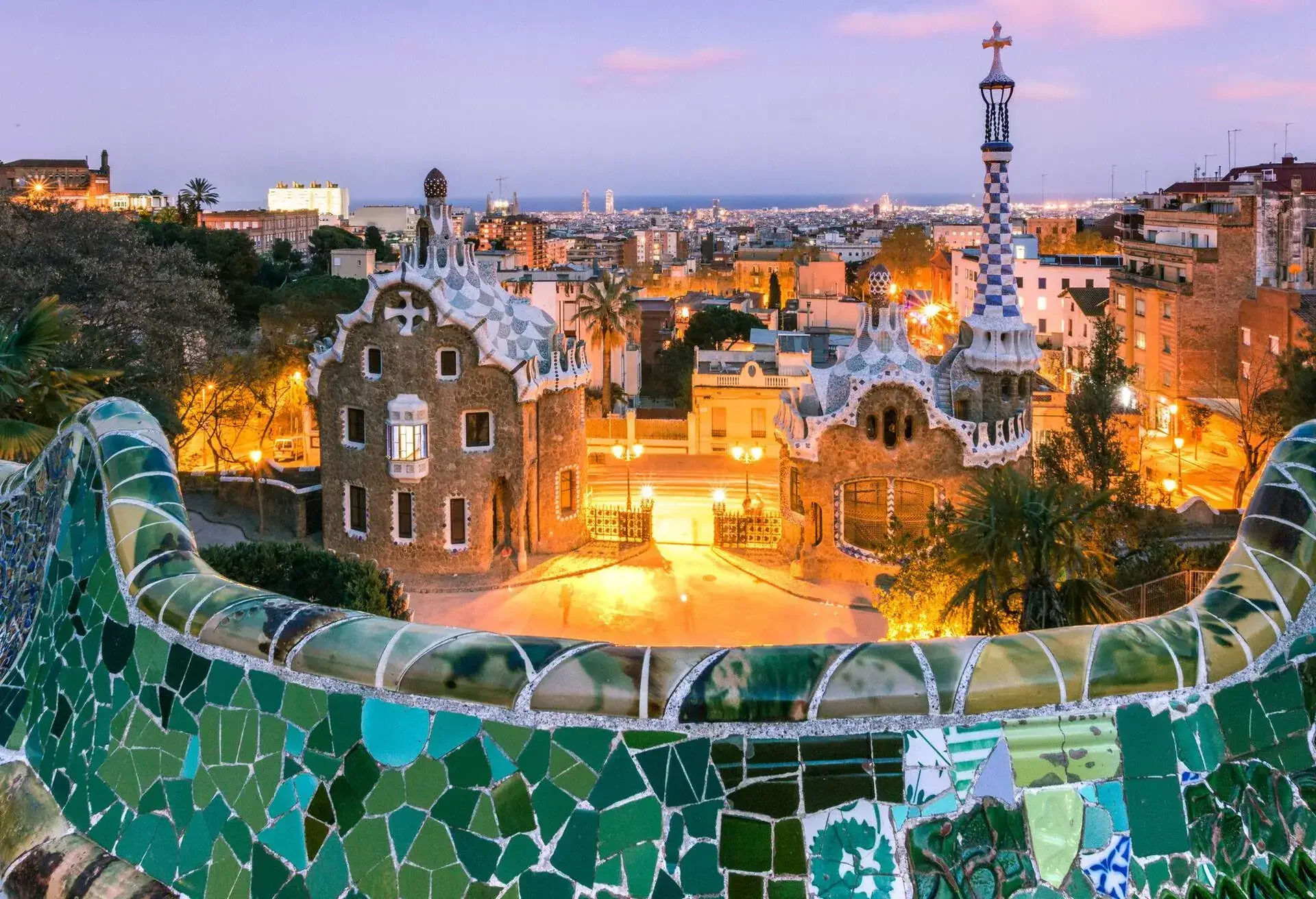
There’s no shortage of Gaudi’s buildings in Barcelona; it’s as if the city was a canvas for his creativity. His works involved rescuing buildings destined for demolition, whilst the affluent sought him out to build their homes. He left his mark everywhere you look, from the iconic Sagrada Familia dominating the city’s skyline, which is yet to be completed, to Park Guell on the city’s outskirts. There is plenty to choose from, many of which are now UNESCO World Heritage Sites, but below are just some of his masterpieces.
Sagrada Familia
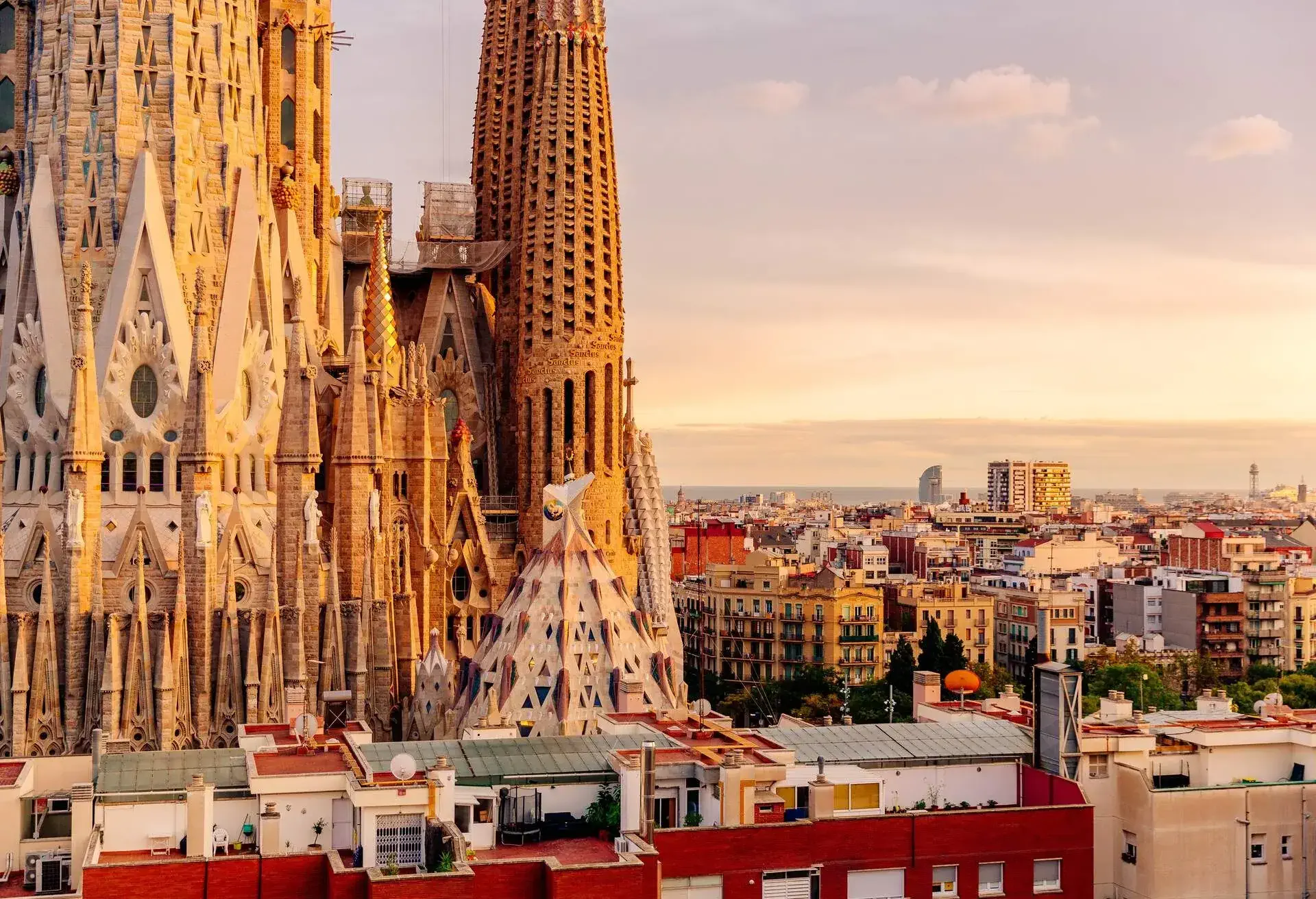
You can’t talk about famous buildings in Barcelona without the mention of Sagrada Familia, Antoni Gaudi’s parting gift to the city, which is yet to be completed over 100 years after work on it began. By far one of the most famous churches in the world, its Art Nouveau and Gothic Revival architecture render it a cathedral more than a church, with spirals, flying buttresses and turrets that rise up on Barcelona’s skyline.
The church attracts large crowds, so book your tickets in advance to avoid these queues, and whilst inside, don’t forget the crypt; it is where he’s buried and the first place that mass was held in the building. It is utterly stunning and worth a stop on your visit.
Casa Batllo
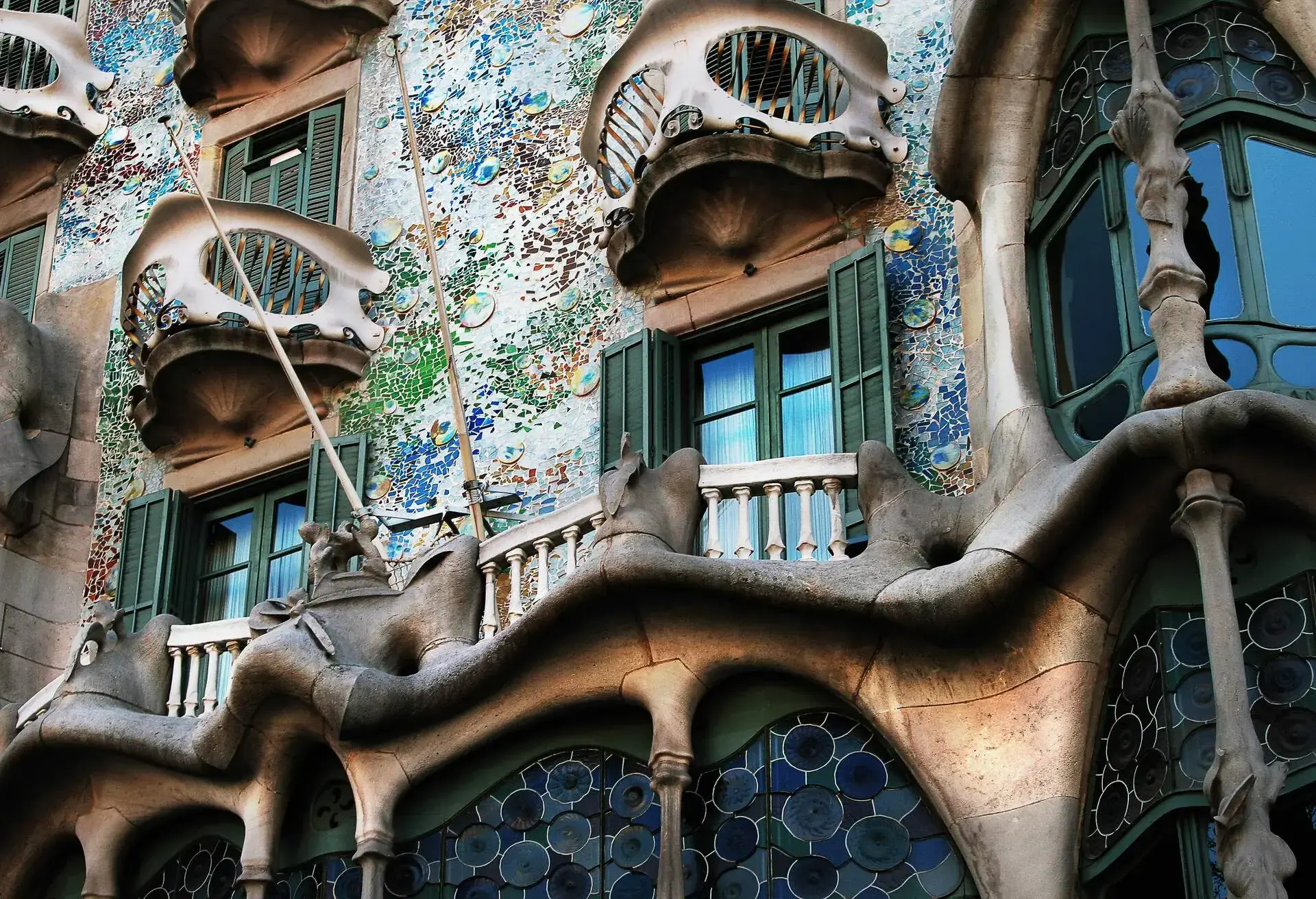
A building that’s hard to miss for the keen-eyed in Barcelona’s town centre is the Casa Batllo, another Gaudi building that is utterly captivating and probably the one that confirmed his place as the modernist architect of his time. He was commissioned by a wealthy merchant to transform a house, which he did with great style. The house truly showcases his love for nature and marine life and is built in his classic style without straight lines.
The colours used are bright, representing coral life; the famous domed roof represents a dragon’s back, whilst the balconies are in the shape of skulls supported by pillars in the shape of bones. Details continue on the inside too; the main staircase leading up is in the shape of a pre-historic backbone, whilst the walls of the inner courtyard are made with glazed glased tiles to represent fish scales.
You can take an audio tour of the building, with an immersive Gaudi dome room where you can learn all about the house and Gaudi. Casa Batllo was a symbol of Modernisme, embracing the famous modern Barcelona architecture set by Gaudi. Passeig de Gracia, on which it’s located, is one of the main streets in Barcelona and its beating heart.
Casa Mila
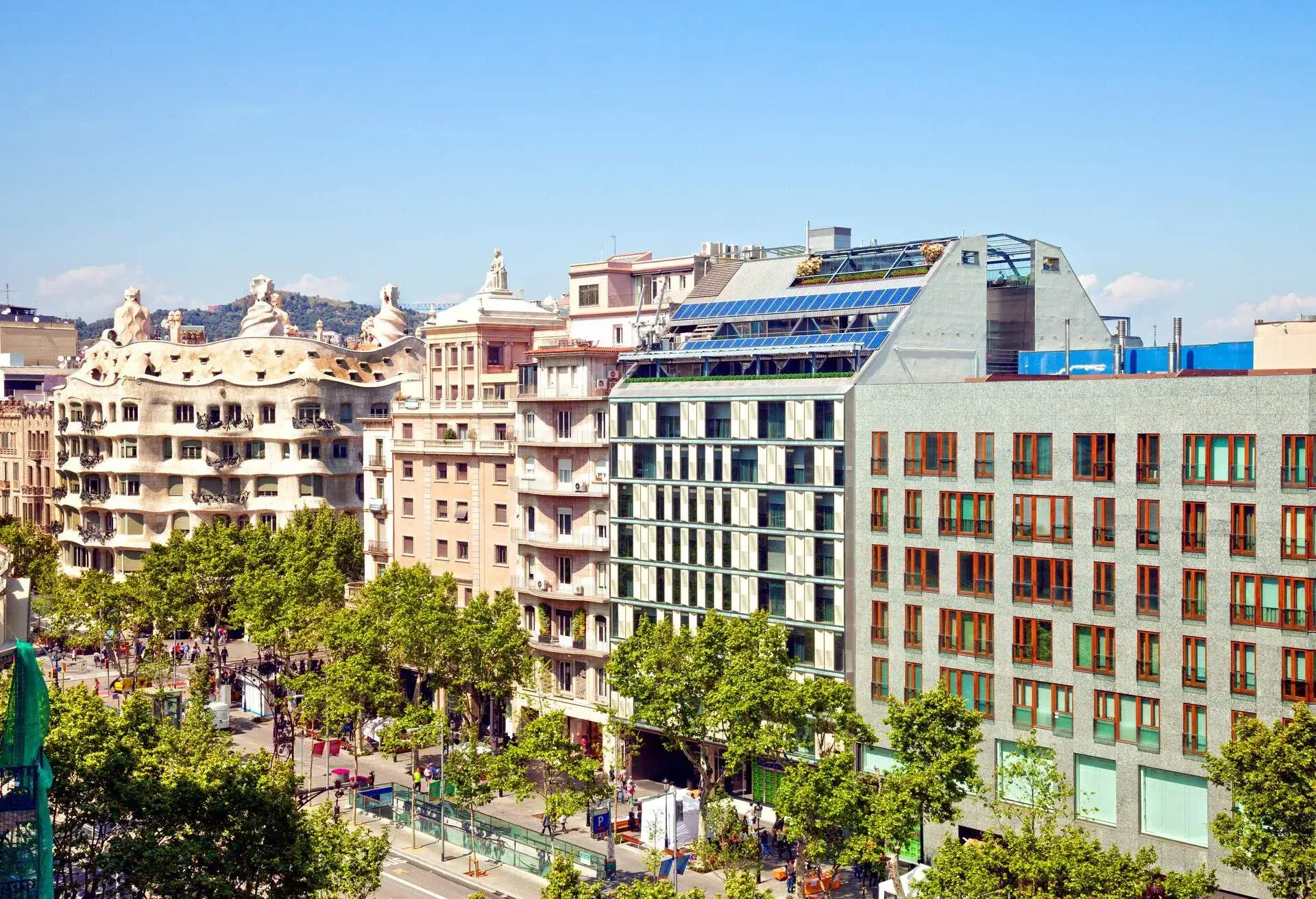
Whilst here, why not pay a visit to another of Gaudi’s works? This building is very much a part of the famous buildings in Barcelona, not least because of the controversy it created on its completion. Casa Mila, fondly referred to as ‘The Stone Quarry’, La Pedrera, due to its pure use of stone on the outside of the building, took him almost six years to complete.
Works on the building that had been destined for demolition started in 1906 and were completed in 1912, with mixed reactions and even ridicule. One could almost argue he was a recycling trendsetter, as he used waste glass and ceramics in the building of the house, both decoratively and on the iconic chimneys and air vents found on the roof. The roof alone is worth a visit, as it remains true to his architectural styles, using curved surfaces not only for functional reasons but to provide lighting for the inner courtyard. From this vantage point, you can see another of his great works, Sagrada Familia, and in the attic is a room dedicated to all his works.
Casa Vicens
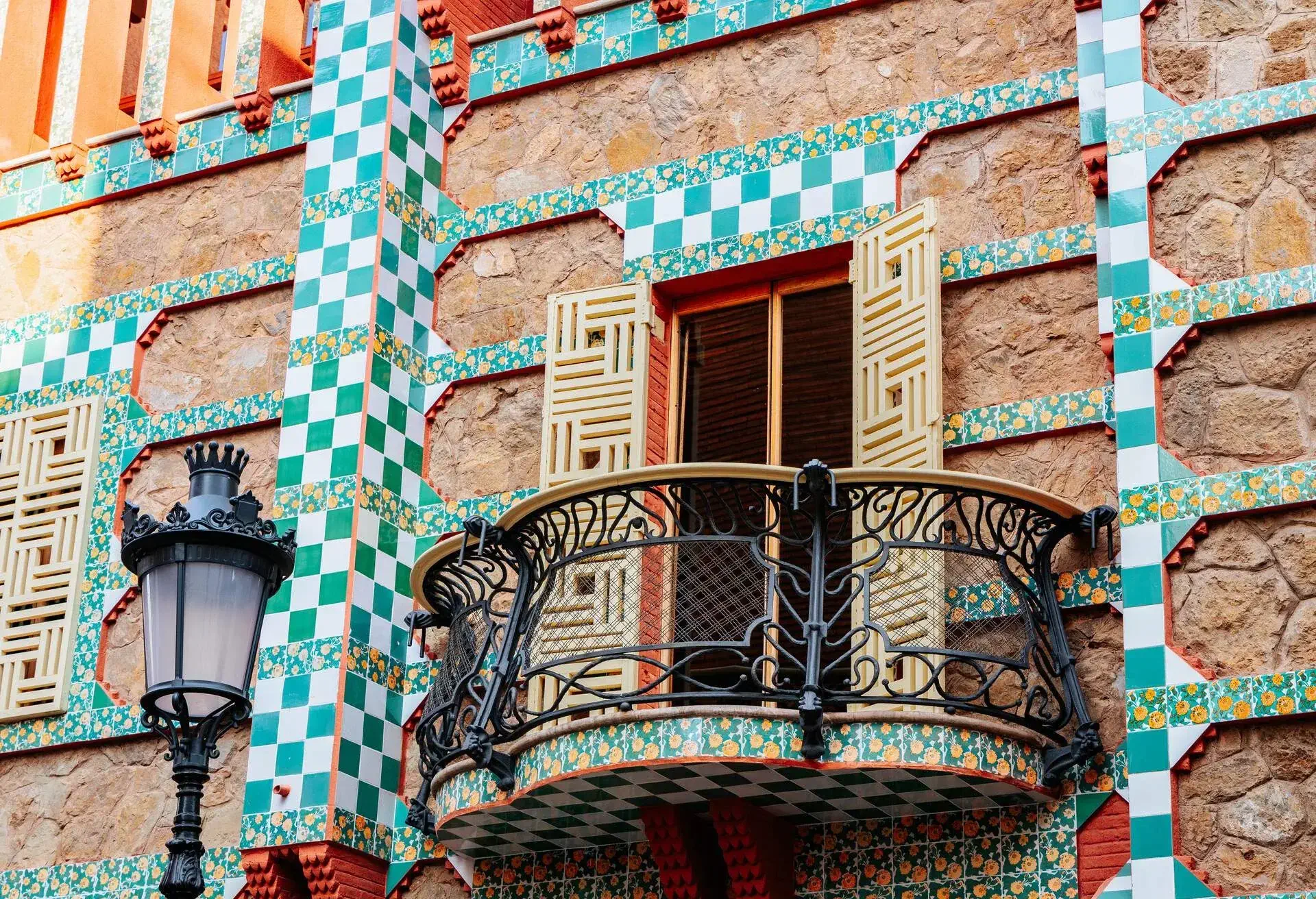
It’s right that we conclude our list of Gaudi buildings with the building that in effect launched his career, Casa Vicens, in the Gracia neighbourhood. Built between 1883 and 1885, the building was a private commission where Gaudi first showcased his artistic flair by breaking away from the Mudejar style of the time. He takes his influences from India and Japan, using uneven corners instead of the classic corners of the period, a move that probably led to his other commissioned works, as they proved very popular amongst Barcelona’s elite classes.
At Casa Vicens, you can see his love of nature. It’s clearly portrayed on the outside of the building, on the cast iron gates with palm trees along with green and white tiles covered in carnations covering the facade of the building. On the inside, it is depicted through carpentry, murals and other decorative work. The house is now a museum and open to the public. Gracia is a cool and trendy neighbourhood with pedestrianised streets where you’ll find lots of independent boutiques, hip cafes and authentic Catalan bistros; it’s also close to Park Guell.
For some recommended restaurants in Barcelona, check out our guide to the best restaurants in Barcelona.
Barcelona Cathedral
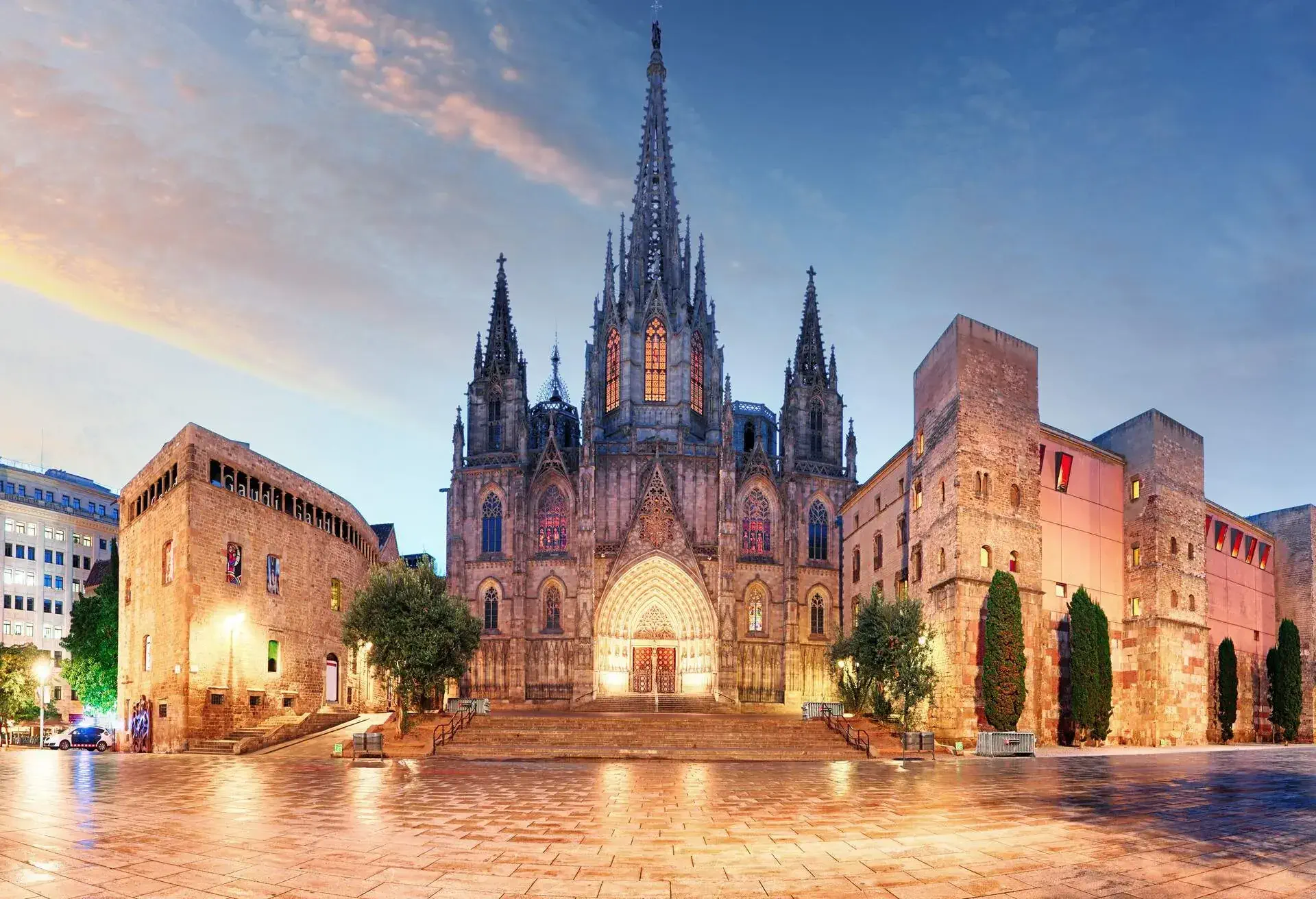
When talking about cathedrals in Barcelona, most people automatically think of Sagrada Familia, which in effect isn’t actually one. Barcelona Cathedral, or the Cathedral of the Holy Cross and Saint Eulalia, is the city’s main cathedral and seat of the archbishop. Built in the early 15th century, the cathedral’s facade wasn’t completed until the 19th century; hence its Neo-Gothic style of high spires, not unlike many other churches of the same period in Europe.
The must-sees of your visit to the cathedral should include the jaw-dropping chapel of the Holy Sacrament and the Holy Christ of Lepanto, whose curved crucifix is here. The golden interior, with a tapestry of paintings on its walls, intricate carvings and high ceilings, is utterly stunning. It’s also perfectly located in the historic Gothic Quarter; time your visit to the late afternoon so you can enjoy the many tapas bars located in its medieval and narrow winding streets afterwards.
If you’re looking for more ideas for your Barcelona trip, read about things to do in Barcelona.
Torres Glories

But Barcelona is not only about the old; when we talk about famous Barcelona architecture, nothing embraces modern Barcelona more than the Torres Glories, previously called Torres Agbar. It isn’t a coincidence that the 38-storey, all-glass, cucumber-shaped structure stands at the place where Ildefons Cerdas envisioned as the centre of the modern city he had designed, Placa de les Glories.
From its observation deck on the 30th floor, which stands almost 125 metres high, you can get 360° views to better appreciate his unusual design for the city. It also offers views all the way to Montjuic Hill, the other high-flying symbol of Barcelona (Sagrada Familia), the Mediterranean Sea and the new technology district. There’s an art installation by Tomas Saraceno, which makes you feel as if you’re flying over the city if you walk through it. Placa de les Glories is also home to one of Barcelona’s oldest flea markets, the El Encants flea market, where you can find anything vintage, from clothes to antique books to old records.
Arc de Triomf
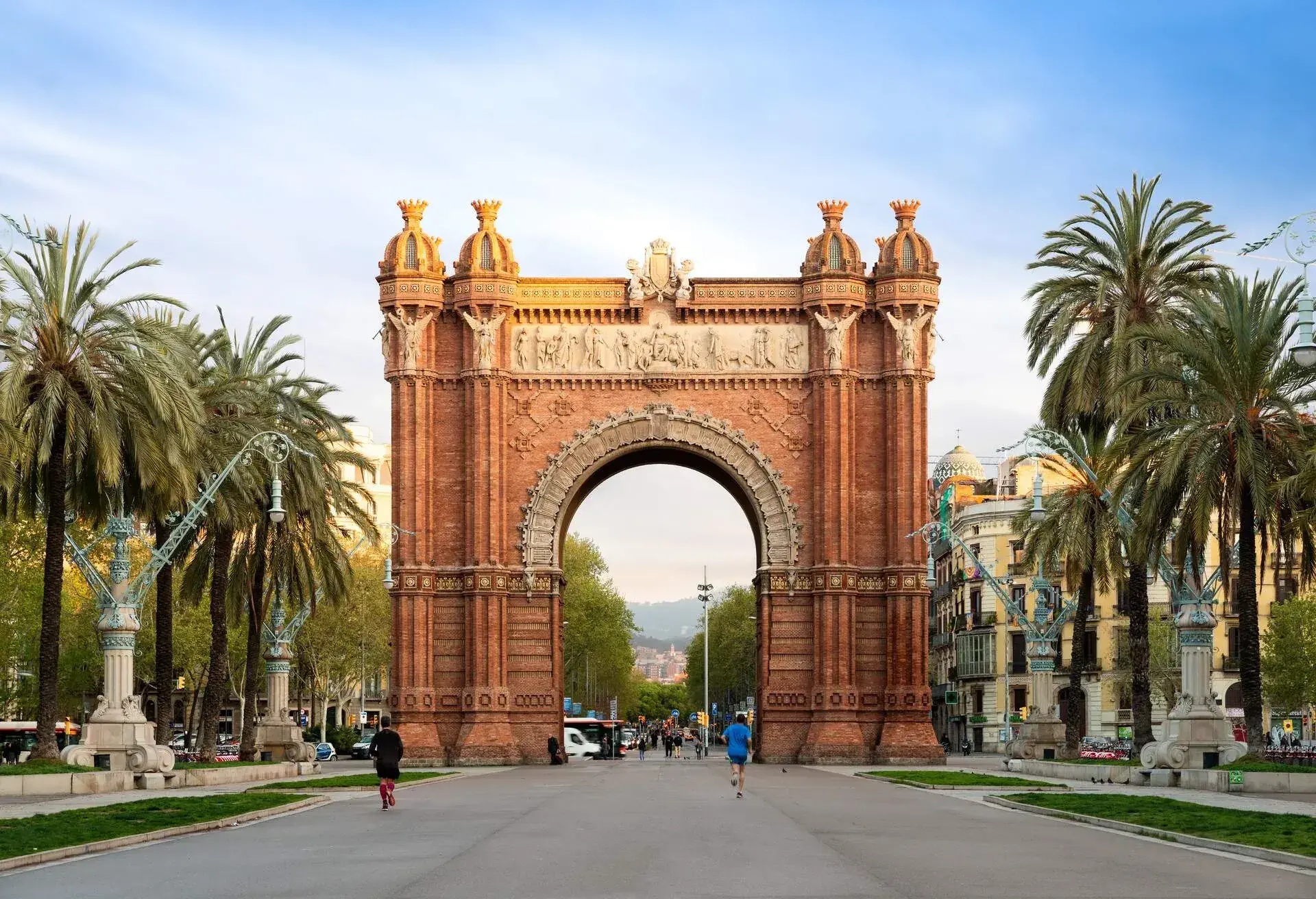
And not too far away, you’ll come across a building that is very iconic to Barcelona: the Arc de Triomf. Designed by Josep Vilaseca, the arc stands at the end of boulevard Salo de Sant Joan, which would have been the entrance to the 1888 Universal Exhibition at Parc de la Ciutadella, so it also acts as a gateway into the park. Its rather handsome facade in redbrick with sculptural friezes was very much in keeping with the in-vogue style of building sweeping through Spain at the time.
If you look very carefully, at the top of the arc are shields of the 49 provinces that make up Spain, over which is the city’s coat of arms. Symbolically, it is also the gateway to the modern city of Barcelona. The park is home to the Catalan Parliament and various museums and provides a welcome oasis in the sprawling city.
Casa de les Punxes
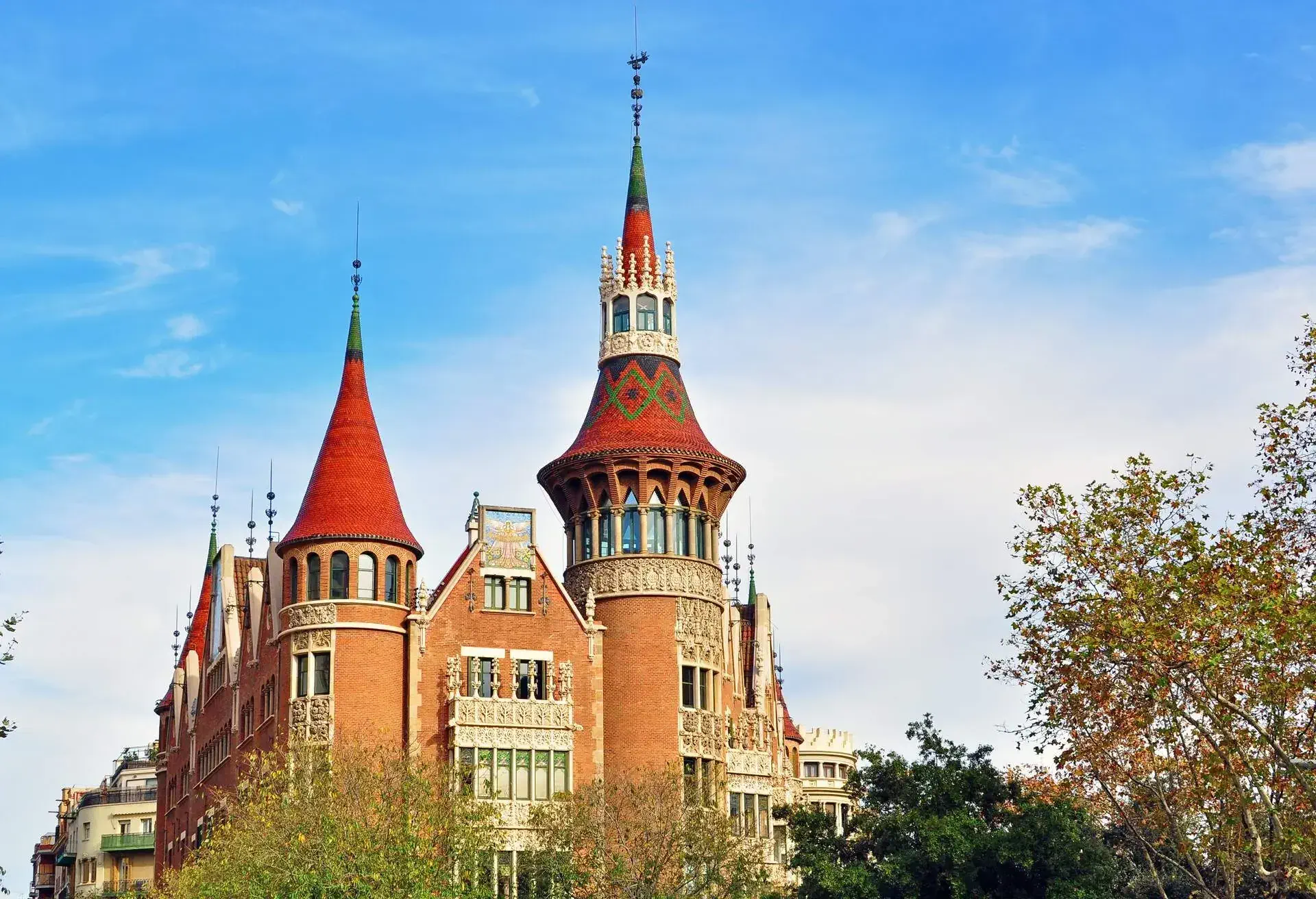
Right in the middle of the Eixample district of Barcelona is another famous building you can’t miss, given its towering spires that gave it its beloved nickname of Casa Terrades: the Casa de les Punxes.
Designed by another famous Catalan modernist in the early 20th century, Josep Puig i Cadafalch, commissioned to join several buildings that a rich textile family owned, the result of which is a magnificent castle-like building with high-rising turrets. It is quite a remarkable building, declared a monument of national interest, and should be put on your list of famous buildings of Barcelona if you are anywhere near the Avinguda Diagonal or Carrer del Bruc in Eixample; you won’t miss it anyway.
For more city break inspiration, check out our city break in Barcelona guide.

